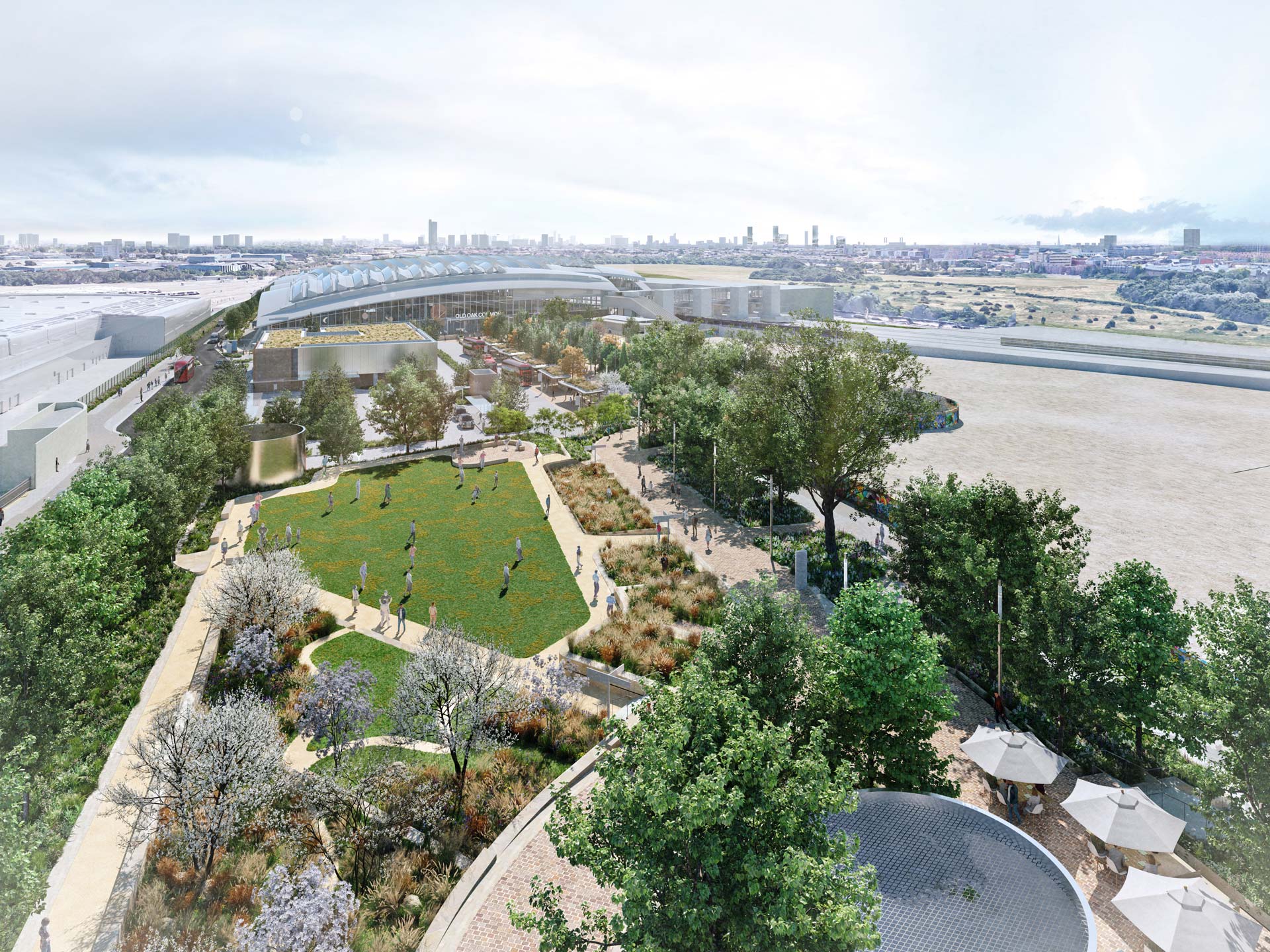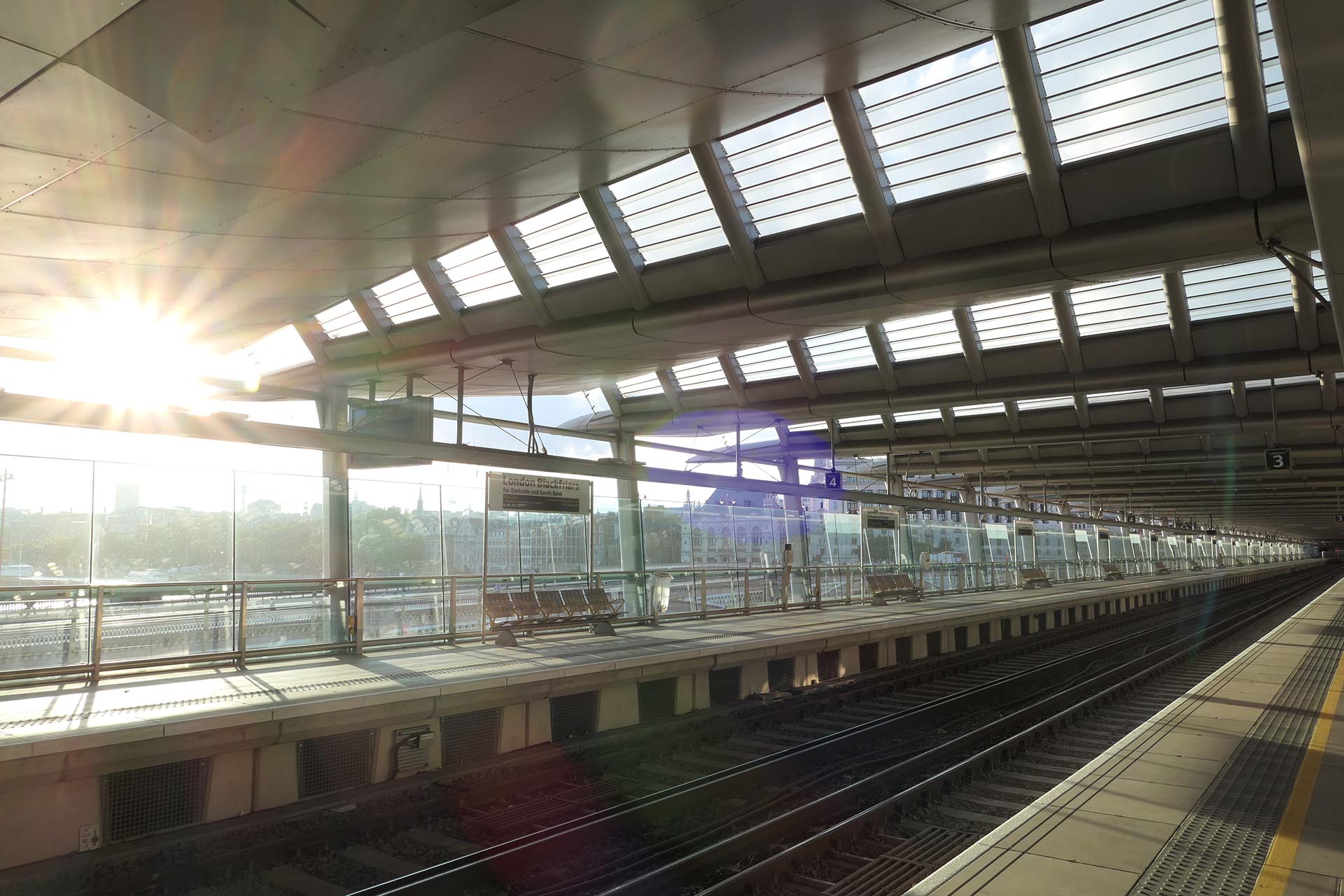Network Rail at Blackfriars station
Client Type
Rail
Services provided
Utility management services, utility value engineering, utility commercial management, utility site management
Delivering Critical Utility Infrastructure and Stakeholder Management for Network Rail’s Transformation of Blackfriars Station
Our insights created savings of £15 million while strengthening the approach to utility management, helping to safeguard project timelines and minimise potential disruptions on this nationally.
Background
London Blackfriars Station underwent a landmark £500 million redevelopment as part of the congestion-relieving Thameslink Programme, led by Network Rail. Serving over 44,000 passengers daily, the station is a vital interchange between Kent, South London, and Central London. The project aimed to increase capacity and train frequency on one of the busiest and fastest-growing rail corridors in the UK. The scope included the construction of a new common entrance at the north end of the rail bridge, the extension of platforms to accommodate 50% longer trains, full refurbishment of the Underground station, and the creation of a new South Bank station entrance — the first of its kind in over 120 years.


The brief
Assisting Success was appointed to deliver utility management services across the full lifecycle of the redevelopment. Our role included the planning, design, and delivery of new electrical substations, potable water connections and telecommunications assets including all diversionary works required to make space for the expanded station footprint. We led the management of all utility diversion activities from C2 through to C9, ensuring seamless coordination with Statutory Undertakers in a heavily congested and high-profile city centre location.
In parallel, we were appointed as Stakeholder Manager for the City of London Corporation, overseeing engagement and coordination for the Section 278 highway improvement works. These works were critical to supporting safe access, pedestrian connectivity, and highway resilience in the areas surrounding the redeveloped station.

Our solution
Our work began with a full technical audit of existing utilities, reviewing potential conflicts and shaping a diversion strategy that balanced engineering efficiency with stakeholder constraints. We applied detailed knowledge of the Diversionary Works Code of Practice to eliminate unnecessary diversions and mitigate risk.
We then led multi-utility coordination, engaging directly with Statutory Undertakers and overseeing technical design development for all required utility infrastructure — including new substations critical to the station’s future electrical demand. We worked closely with the design and delivery teams to integrate utility solutions into both the North Bank and South Bank development areas.
As part of our wider remit, we served as liaison between Network Rail and the City of London Corporation to ensure all Section 278 works met regulatory and stakeholder expectations. Our input helped manage sensitive public realm interfaces and protected key interfaces during the delivery of the surrounding highway upgrades.
Our proactive engagement and structured approach ensured that utilities did not become a bottleneck, and that third-party stakeholder requirements were fully aligned with the project’s demanding delivery programme.
Their insights and detailed reviews directly influenced improvements in risk management, commercial control, and overall project governance. Assisting Success provided invaluable support, accelerating delivery and adding real, measurable value to HS2’s objectives.

